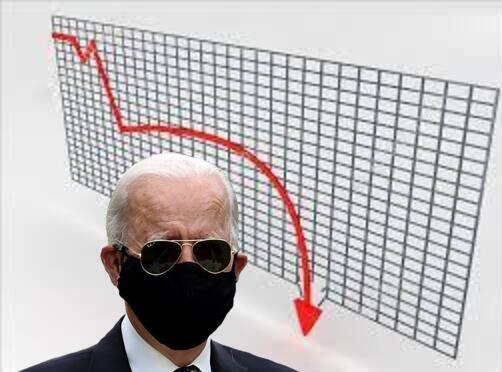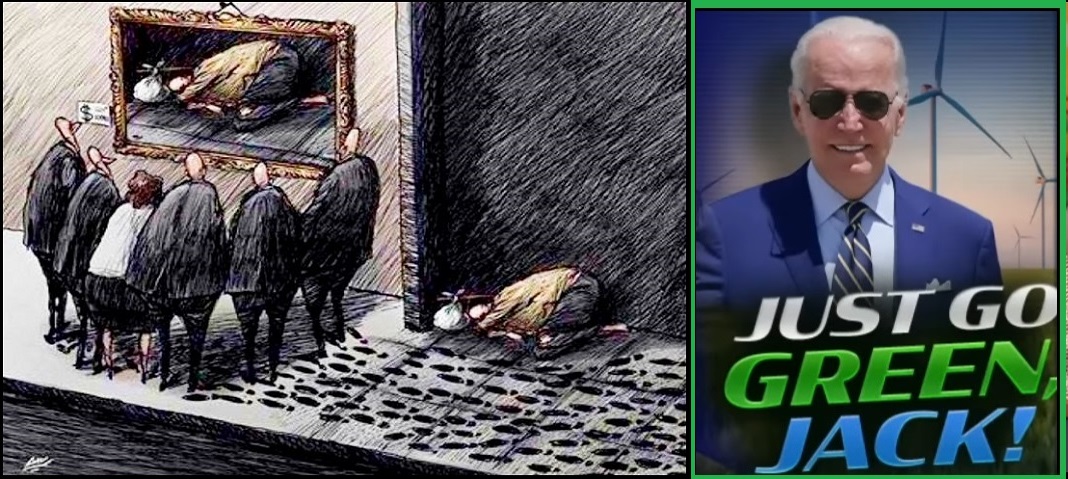Bidenomics – Home Values Continue Dropping Quickly, Especially on West Coast – Meanwhile Rents Continue Increasing
As inflation bites the working-class hard, U.S. household savings rates continue dropping fast. When combined with drops in home values the loss in home equity compounds the issue. American families are getting poorer much more quickly under Joe Biden’s economic policies.
 According to the Wall Street Journal home values dropped in August at their highest monthly rate of decrease since 2011 {link}. In part this is driven by higher mortgage rates which are pricing home buyers out of the market. However, the regional impact is worse on the west coast than east or southeast.
According to the Wall Street Journal home values dropped in August at their highest monthly rate of decrease since 2011 {link}. In part this is driven by higher mortgage rates which are pricing home buyers out of the market. However, the regional impact is worse on the west coast than east or southeast.
[…] The housing market has slowed abruptly this year due to a rapid increase in mortgage rates, which has raised borrowing costs for home buyers and pushed many prospective buyers out of the market. Existing-home sales fell for eight straight months through September. (link)
As noted in The Daily Mail review of a similar analysis: “It’s Northern California that leads the way, with San Jose experiencing a drop of 10.8 percent since September, followed by San Francisco at 8.5 percent, then it’s Seattle at 8.2 percent, Denver at 5.8 percent, San Diego 5.2 percent, Portland 5.1 percent, Las Vegas 4.8 percent and Phoenix at 4.4 percent.” (link)
What we are seeing is a confluence of events, generally brought about by the outcomes of larger Biden administration policy. Massive increases in energy costs are the result of energy policy; those increases are fueling inflation from the supply side on food, fuel, electricity, home heating etc. Simultaneously, Fed monetary policy is driving consumer demand down. The recession debate continues amid the economic think-tanks while Main Street outcomes show we have been in a recessionary period all year.
The majority of consumers have stopped purchasing nonessential goods and services. As a result, the only thing holding the economy together is employment. Sooner or later, as the natural lags in the economy bite down, the lack of consumer spending (noted in increased inventories) is going to result in lay-offs and unemployment. It’s almost a guarantee at this point once the boxcar impact of the prior supply chain shortages straightens out.
The third wave of food price increases is now here, and we are all likely starting to see those price increases in retail food stores. Depending on how much higher energy prices go this winter (gasoline, natural gas, home heating oil etc.) the middle class will again be making tough checkbook decisions on spending.
On a MACRO level (nationwide averages) I would not be surprised to see home prices drop to where they were in the beginning of the second quarter of 2021. Home sales have dropped quickly, and home inventories are now climbing. Home buyers are now in the position to negotiate for much lower prices as fewer home buyers are in the market.
If you did not purchase a home in the past year, you likely have stable equity. Depending on region, those who did purchase a home this year will have to wait quite a while before the price level returns. Meanwhile rents continue increasing as middle-class workers are stuck between diminishing real wages (Biden inflation) and higher home borrowing costs (Biden monetary policy).





Post a Comment